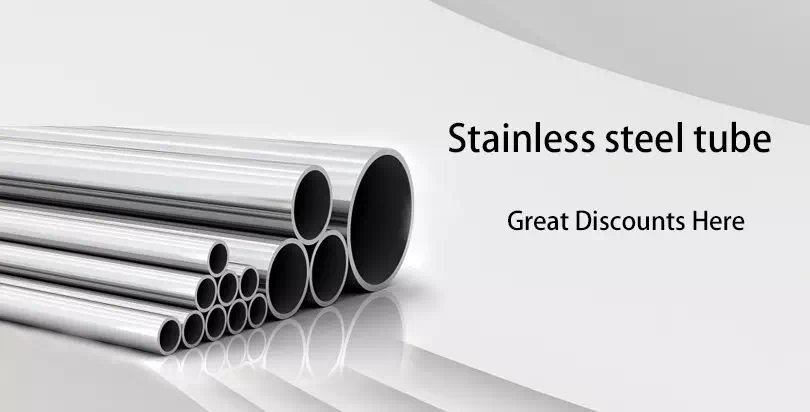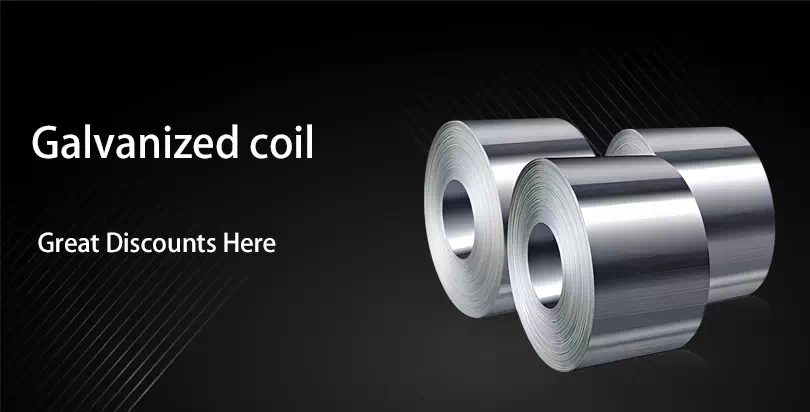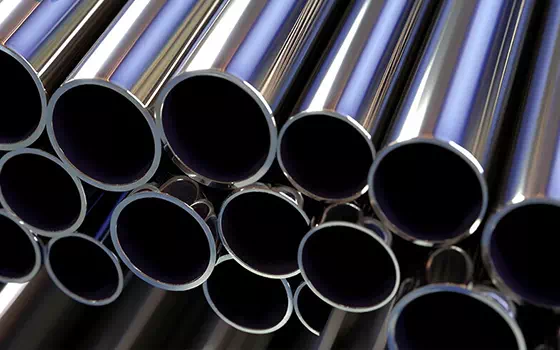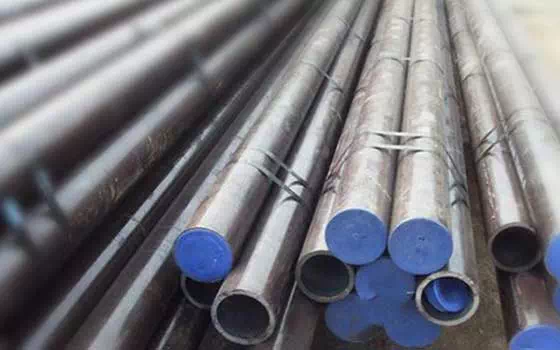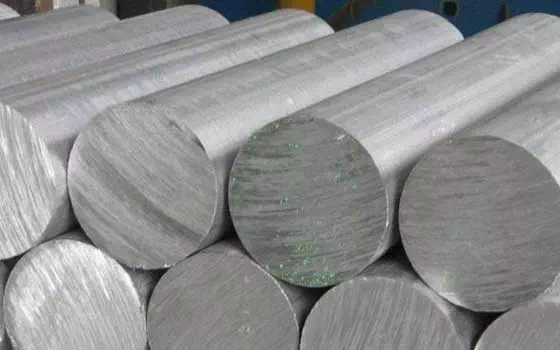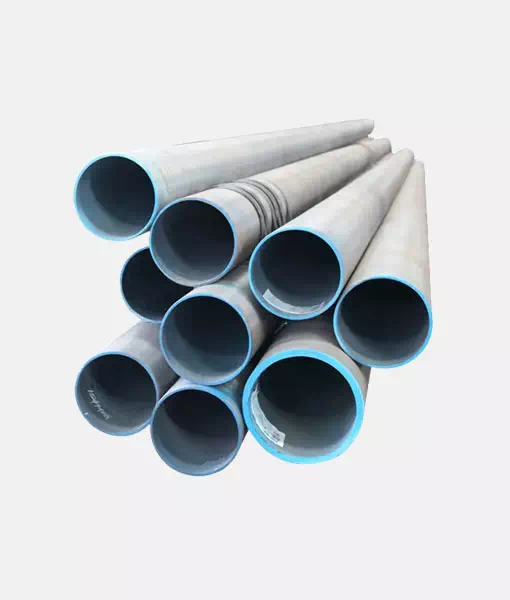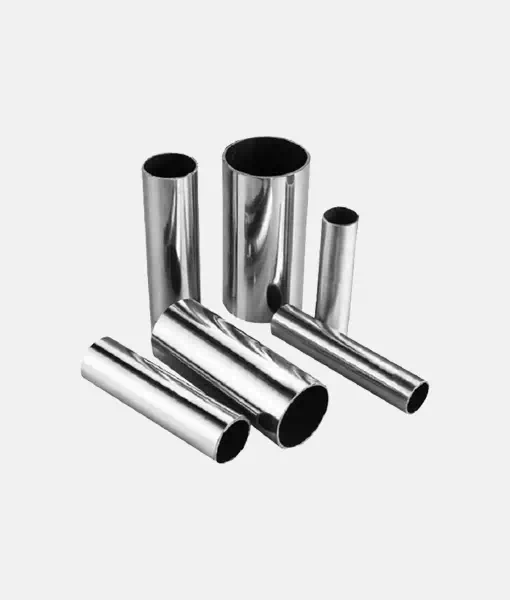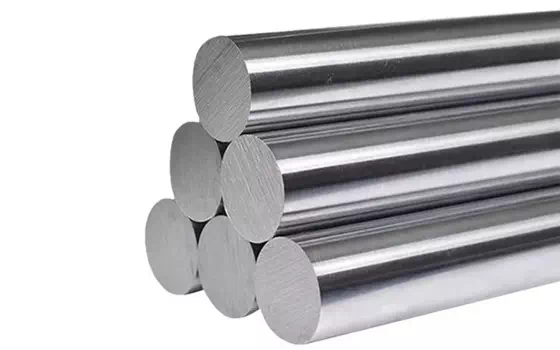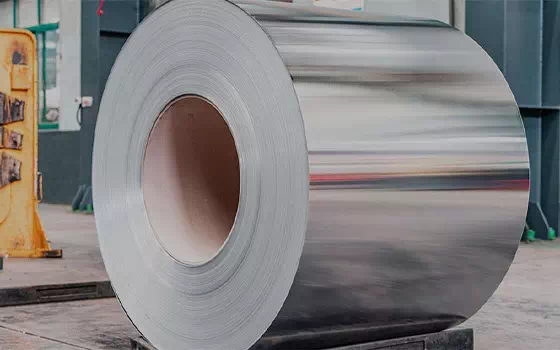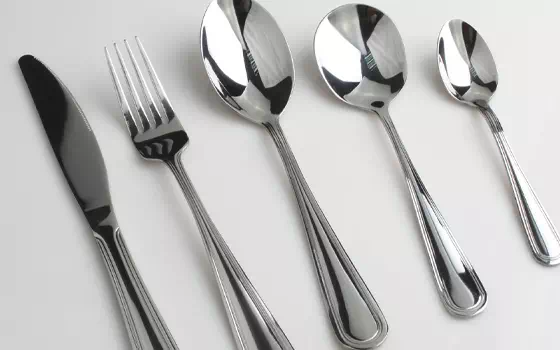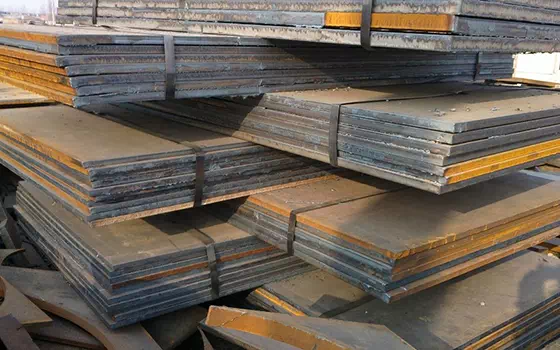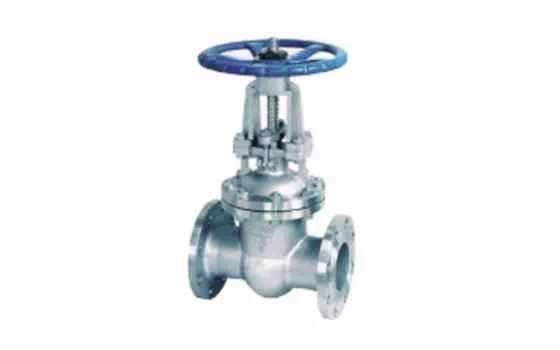Alloy steel pipe is mainly used in power plants, nuclear power, high pressure boilers, high temperature superheaters and reheaters and other high pressure and high temperature pipes and equipment, it is made of high-quality carbon steel, alloy structural steel and stainless heat resistant steel.
Alloy steel pipe is mainly used in power plants, nuclear power, high pressure boilers, high temperature superheaters and reheaters and other high pressure and high temperature pipes and equipment, it is made of high-quality carbon steel, alloy structural steel and stainless heat resistant steel, hot rolled (extrusion, expansion) or cold rolled (drawing).
The biggest advantage of alloy steel pipe can be 100% recycled, in line with the national strategy of environmental protection, energy saving and resource conservation, and the national policy encourages the expansion of high pressure alloy pipe application fields. The proportion of alloy tube consumption in China's total steel is only half of that in developed countries, and the expansion of the use of alloy tube provides a broader space for the development of the industry. According to the research of the expert group of the Alloy Pipe Branch of the China Special Steel Association, the average annual growth of the demand for high pressure alloy pipe lengths in China can reach 10-12% in the future. Alloy pipe is steel pipe in accordance with the production of materials (that is, material) to define, as the name suggests is made of alloy pipe; The seamless pipe is defined by the steel pipe in accordance with the production process (seamless), which is different from seamless pipe, including straight seam welded pipe and spiral pipe.
Apply
The alloy pipe has a hollow cross-section and is widely used as a pipeline for conveying fluids, such as pipelines for conveying oil, natural gas, gas, water and some solid materials. Compared with solid steel such as round steel, the bending and torsional strength is the same, the weight is lighter, alloy steel pipe is an economic cross-section of steel, widely used in the manufacture of structural parts and mechanical parts, such as oil drill pipe, automobile transmission shaft, bicycle frame and construction of steel scaffolding. The manufacture of ring parts with alloy steel pipes can improve the utilization rate of materials, simplify the manufacturing process, save materials and processing hours, such as rolling bearing rings, jack sleeves, etc., which have been widely used to manufacture steel pipes. Alloy steel pipe is an indispensable material for all kinds of conventional weapons, and the barrel and barrel of the gun must be made of steel pipe. Alloy steel pipes can be divided into round tubes and special-shaped tubes according to the different shapes of the cross-sectional area. Since the circle area is the largest when the circumference is equal, more fluid can be transported with a circular tube. In addition, when the annular section is subjected to internal or external radial pressure, the force is more uniform, so the vast majority of steel pipes are round pipes.
Element symbolic meaning
The steel grade is referred to as the steel number, which is the name given to each specific steel product, and is a common language for people to understand steel. Chinese phonetic alphabet, chemical symbols and Arabic numerals are used to represent the rigid sign of our country
Below we introduce the elements and symbolic meanings of alloy steel materials in detail
1. the two digits at the beginning of the steel number indicate the carbon content of the steel, expressed in a few thousandths of the average carbon content, such as 40Cr.
2. the main alloy elements in steel, in addition to individual microalloy elements, generally expressed in a few percent. When the average alloy content is less than 1.5%, the steel is medium
Generally, only the element symbol is marked, but the content is not indicated, but in special cases, it is easy to confuse, and the number "1" can be marked after the element symbol.
For example, the steel number "12CrMoV" and "12Cr1MoV", the former chromium content is 0.4-0.6%, the latter is 0.9-1.2%, the rest of the components are all the same
When the average alloying element content ≥1.5%, ≥2.5%, ≥3.5%...... When, the content should be indicated after the element symbol, which can be expressed as 2 and 3 accordingly
4... Let's wait. For example, 18Cr2Ni4WA.
3. Alloying elements such as vanadium V, titanium Ti, aluminum AL, boron B, and rare earth RE in steel belong to microalloying elements, although the content is very low, it should still be in the steel number
Mark. For example, vanadium in 20MnVB steel is 0.07-0.12% and boron is 0.001-0.005%.
4. high-grade high-quality steel should be added at the end of the steel number "A" to distinguish it from general high-quality steel.
5. special purpose alloy structural steel, steel number prefix (or suffix) represents the use of the steel symbol. For example, 30CrMnSi steel for riveting screws,
The steel number is expressed as ML30CrMnSi.
6. for professional low-alloy high-strength steel, should be marked at the end of the steel number. For example, 16Mn steel, the special steel used for Bridges is "16Mnq", steam
The special steel grade of the girder is "16MnL", and the special steel grade of the pressure vessel is "16MnR".


